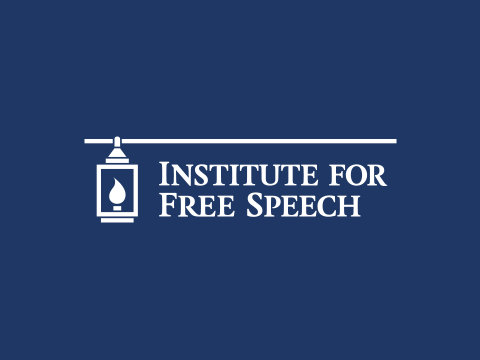Forget the proverbial “$64,000 question.” Yesterday’s Supreme Court hearing on McCutcheon v. FEC was marked by $100,000, $200,000, and $3.6 million questions. But were any of them actually instructive or even relevant to the legal issues at stake?
As Justice Alito said, “[W]hat I see are wild hypotheticals that are not obviously plausible or — and lack, certainly lack any empirical support.” Alito was commenting specifically on the hypothetical that all of the national and state party committees and House and Senate candidates could get together in a joint fundraising committee and solicit contributions of $3.6 million from a single contributor. However, the implausibility extends to even the more modest $200,000 and $100,000 hypotheticals that Justices Breyer and Kagan led off with.
In Breyer’s hypothetical, 40 individuals independently set up PACs all called “Sam Smith PAC” that can each receive $5,000 from a given donor, thus allowing the donor to give $200,000 indirectly to candidate Smith in addition to the donor’s direct limit of $2,600 per election.
Kagan’s scenario is a variation in which 100 PACs each say they’re going to support the five most competitive Senate candidates. If a donor gives $5,000 to each of those PACs, and each PAC gives $1,000 to each candidate, in Kagan’s view, the donor has still effectively been able to give $100,000 to each of the five candidates.
Put aside for a moment the rampant confusion that would be caused by 40 PACs having the identical name in Justice Breyer’s hypothetical, and the fact that unauthorized committees may not incorporate candidate names under 11 C.F.R. 102.14. The scenario simply has no empirical support.
Even under the current aggregate limits, an individual could give the maximum $74,600 to 15 PACs ($5,000 to 14 PACs plus $4,600 to the 15th PAC) all purporting to support the same candidate, in addition to the individual’s $2,600 per-election direct contribution limit. Under Justice Breyer’s logic, the individual is effectively able to give $77,200 to candidate Smith. Using the same numbers, under Justice Kagan’s logic, , this donor could purportedly funnel nearly $15,000 to each of five different candidates.
If this were a problem (and there is no evidence that it is), it would be a problem regardless of whether the aggregate limits existed – the only difference would be a matter of degree. Even then, the difference between the $74,600 circumvention hypothetical under the current aggregate limits and Justice Kagan’s $100,000 hypothetical — or even Justice Breyer’s $200,000 hypothetical — is not huge.
If the response is simply to ratchet up the numbers and to add more PACs, at some point the hypothetical becomes wildly implausible (to borrow Justice Alito’s language). It’s simply unrealistic to expect such a large number of PACs to coordinate their solicitations of the donor and their contributions to the candidate without formally coordinating in such a way that they would run afoul of the earmarking or affiliation rules. No one has managed to do it today at the lower scale under the cap, even though such a scheme could more than quintuple the maximum candidate donation.
As for the $3.6 million hypothetical, and Justice Kagan’s suggestion that this would amount to a return to the system of “soft money” prior to BCRA, that also is not a fair comparison. Even under the $3.6 million hypothetical, the joint fundraising rules still require that amount to be split according to the limit that applies to each participating party committee and candidate. No such allocation rules applied to “soft money.” Thus, the utility of the $3.6 million contribution to each recipient in such a joint fundraising scheme is still limited to the utility they would each derive under the current scheme (i.e., their own respective contribution limits). The only difference is a difference of degree; more candidates and more party committees would be able to receive contributions were the aggregate limits not in place. However, at this point we are no longer arguing about quid pro quo corruption, but rather about whether a donor should be able to exercise disproportionate influence by giving to so many candidates and committees. As Solicitor General Verrili said, “we take the constitutional First Amendment framework of this Court’s decisions as a given,” and the disproportionate influence rationale simply is not a proper consideration here.












